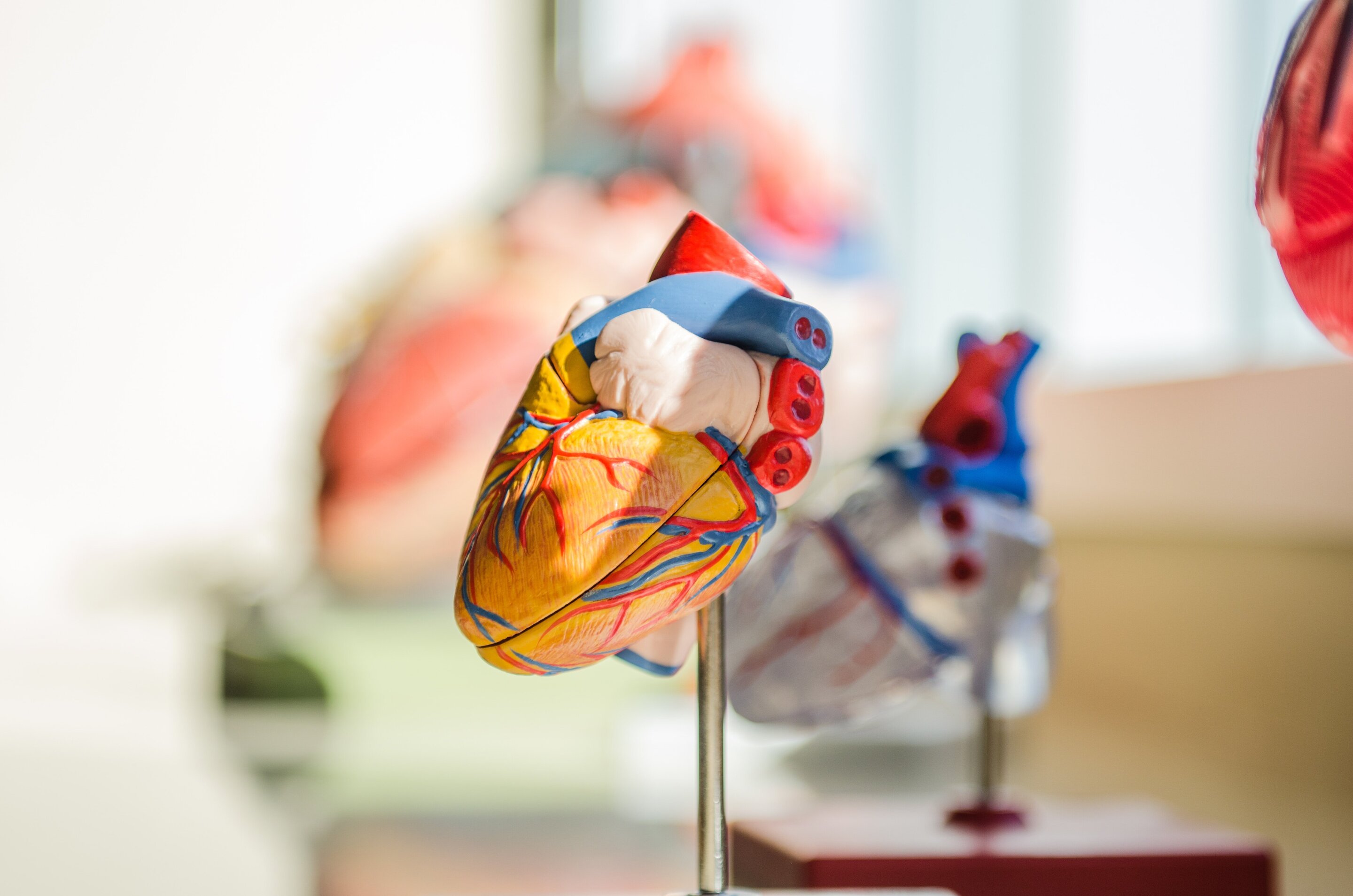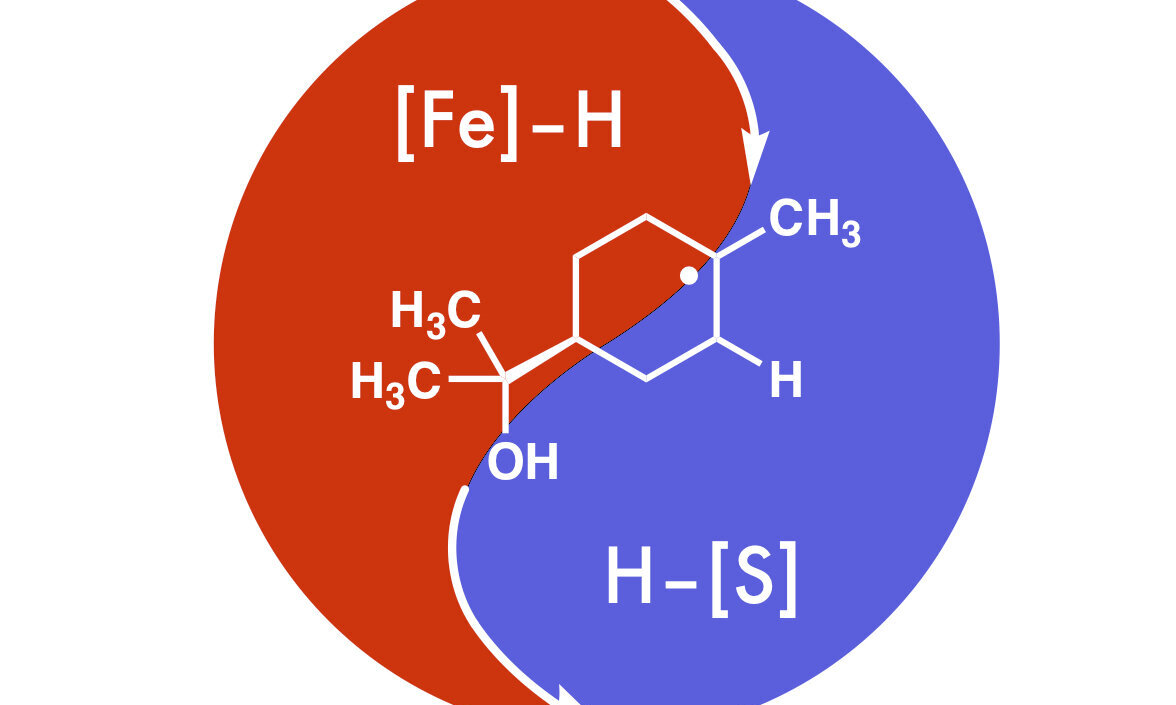#Super-resolution microscopy reveals a twist inside of cells
“#Super-resolution microscopy reveals a twist inside of cells”

If you want to understand the underlying mechanisms of cellular motility and division, then the centriole is the organelle of interest. Each cell has a pair of centrioles which help to segregate chromosomes during cell division. These special organelles are multi-molecular machines composed of hundreds of proteins and have a hidden code of post-translational modifications (PTMs), that contribute to their rigidity or flexibility, which in turn may help explain how centrioles function.
Based on previous studies mostly using electron microscopy, the basic structure of centrioles is known. But PTMs are invisible to the electron microscope, so what do they look like?
Thanks to improved super resolution fluorescence microscope technology developed by EPFL biophysicists, we now have a detailed picture of these nanoscale structures, both isolated and in situ. As expected, the centrioles are shaped like ridged bullets, i.e. they are cylindrical with nine lengthwise ridges and their diameter tapers off at one end. Given this high degree of organization, the scientists were surprised to find that one PTM actually twists around these ridges. The results are published today in Nature Methods.
“The symmetries of multi-molecular machines often explain how they can perform diverse functions. PTMs can form a special code that tells proteins where to dock, but can also stabilize the centriole while forces are pulling during division. We still don’t know why the twist is there, but it offers a clue to how centrioles work. Our study underlines that super-resolution microscopy is an important partner to electron microscopy for structural biology,” says biophysicist Suliana Manley who leads the Laboratory of Experimental Biophysics (LEB).
Improved super resolution imaging techniques
Centrioles are about 100 times smaller than a mammalian cell, and a thousand times smaller than a human hair. So observing them inside of living cells required improving super-resolution microscope technology that uses light to probe specimens, since the methods tend to be too slow for structural studies. Dora Mahecic, a Ph.D. student in the LEB, improved the illumination design to increase the size of images their microscope could capture by delivering light more uniformly across the field of view.
The microscope, a super-resolution fluorescence microscope, is not at all the typical optical microscope that one would see in an introductory biology class. It is actually a complex setup of carefully aligned mirrors and lenses that shape and deliver laser light into the specimen. The biophysicists combined this setup with advanced sample preparation that uses physical magnification of the sample and fluorophores to make proteins, the building blocks of life, re-emit light.
This new super resolution technology could be used to study numerous other structures within the cell, like mitochondria, or to look at other multi-molecular machines such as viruses.
More information:
Homogeneous multifocal excitation for high-throughput super-resolution imaging, Nature Methods (2020). DOI: 10.1038/s41592-020-0859-z , www.nature.com/articles/s41592-020-0859-z
Super-resolution microscopy reveals a twist inside of cells (2020, June 22)
retrieved 22 June 2020
from https://phys.org/news/2020-06-super-resolution-microscopy-reveals-cells.html
This document is subject to copyright. Apart from any fair dealing for the purpose of private study or research, no
part may be reproduced without the written permission. The content is provided for information purposes only.
If you want to read more Like this articles, you can visit our Science category.
if you want to watch Movies or Tv Shows go to Dizi.BuradaBiliyorum.Com for forums sites go to Forum.BuradaBiliyorum.Com



